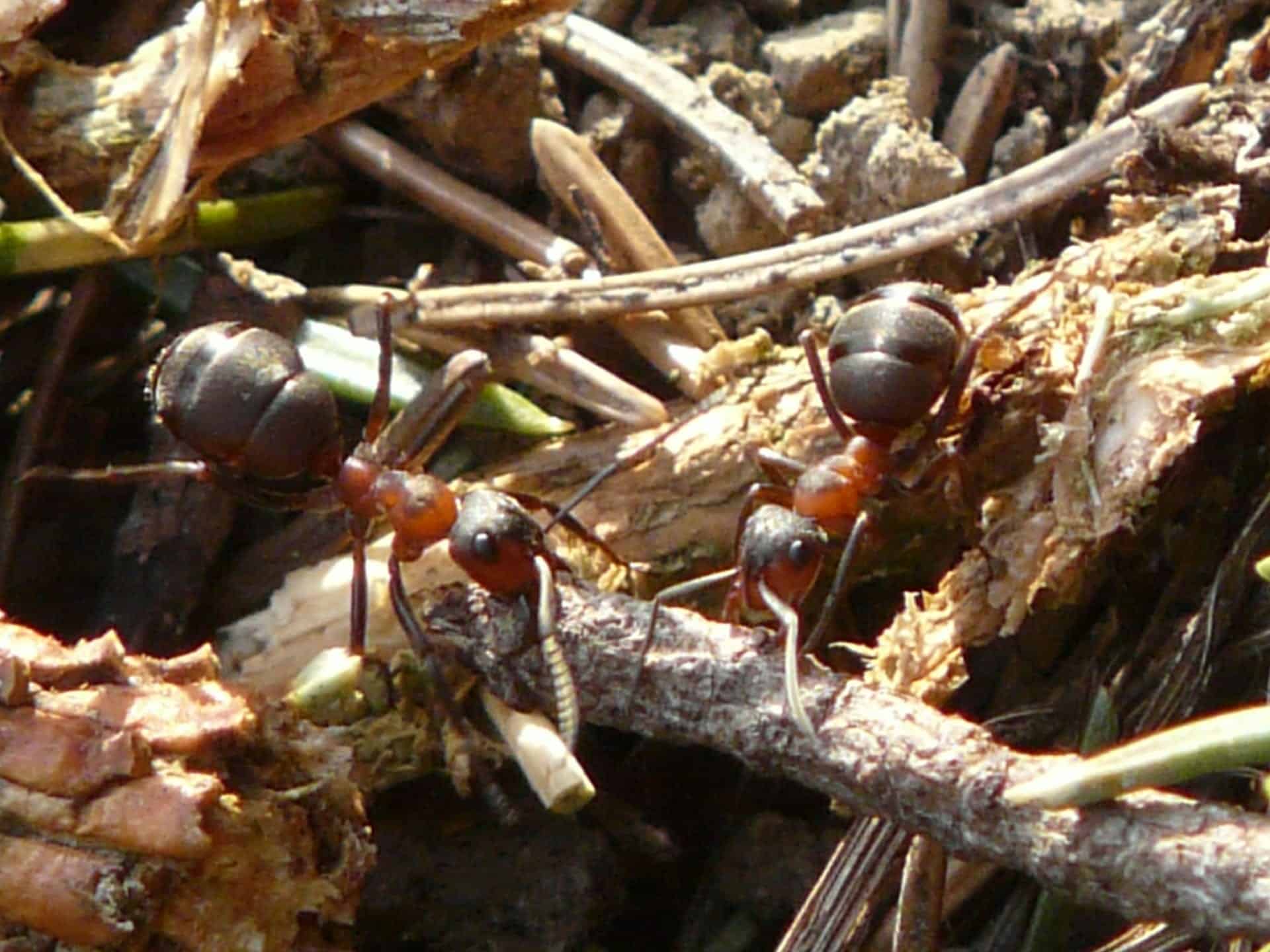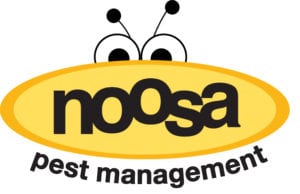Five Things You Need to Know About Fire Ants

With the weather getting warmer, it can only mean one thing for the yards of North Carolina: it’s fire ant season. As the nasty little biters come back out to play, here’s a few things it’s worth knowing to keep you safe this spring and summer
Five Things You Need to Know About Fire Ants This Summer
1. How to tell if you have a fire ant infestation
The trickiest thing about identifying a fire ant problem is that all ants look kind of alike. And while you probably don’t want the nests of any ant species in your yard, fire ants are the ones you need to act on pretty quickly because their bites can be really nasty. So, it’s a good idea to get to know your foe.
Typically between 1/8” and 3/8” in size, red fire ants are pretty small. They’re browny-red in color, hence the name. And they have the noticeable antenna that you’ll find on most cute cartoon ants. They can fly during the mating season, and it’s not uncommon to see workers or swarmers out in your yard.
Given the right conditions, these ants can make nest mounds reaching up to 25 inches in height. And although they have been known to make their nests under buildings, they usually favor woody areas, such as old tree stumps and logs.
2. There is more than one species of fire ant
There are a five different types of fire ant in America. Some are pretty rare. And although they do bite when under threat, some are not considered to be aggressive. It’s the solenopsis invicta – the red imported fire ant – that gives all the others a bad name. They are invasive and they are feisty. And in North Carolina, they are a big problem.
3. Fire ants can make you sick
Even if you’ve not experienced one yourself, you know that fire ant bites hurt. But for some, the bite of the red fire ant goes beyond pure pain. The burning sensation associated with red fire ant bites is thanks to the venom they inject. In some people, this can cause a range of side effects – nausea, itching, sweating, extreme skin irritation – all of which indicate a need for medical help. In others, the bite can lead to anaphylactic shock, which has the potential to be deadly. But even if you don’t have a bad reaction to the venom, multiple bites can still make you seriously unwell. This is why it’s best not to take chances if you find a red fire ant nest near your home.
4. How to treat a fire ant bite
You can identify a fire ant bite by an intense burning and itching sensation, which can last for hours. Then a pustule will form at the bite site, and this can last for about seven or eight days.
As well as being incredibly painful, fire ant bites can leave permanent scarring. So, if you think that you’ve been bitten, try to treat the bite site straight away. Start by applying a cold compress to reduce swelling, then apply an anti-itch ointment to help calm it. If you’ve received multiple bites, it may be necessary to seek medical help. Especially if the site seems to be getting infected.
5. How to get rid of fire ants
The first thing to remember when you’re planning to tackle a red fire ant infestation is that the colony is probably bigger than you think. Their tunnels can go as much as ten feet deep. And they can move quickly, and easily recolonize if the queen survives – in fact there will often be more than one queen per nest. Removing the whole colony in one go can be near impossible, but there are steps you can take – including the use of pesticide.
Pesticide is a difficult thing to manage. Especially if you have pets or children in your household. The chemical treatments can be dangerous. And if they’re not used correctly, they are often ineffective, only harming the local environment rather than removing the ants. That’s why it’s usually safer to contact a fire ant control expert. A professional will be able to identify the ant species and devise the best plan to remove the problem.
Red fire ants are a perennial problem in Charlotte, especially after a milder winter. The colonies grow and the risk of being bitten increases. That’s why it pays to be vigilant. Keep an eye on your property. Inspect for signs of infestation throughout the warmer months. And if you think you’ve found an anthill, take precautions. Because with the red imported fire ant, it really is a case of better safe than sorry.
Think you might have a red fire ant problem in your home in Charlotte? Contact Noosa Pest Control for help.

Fred Wingate
Chief Bugman
Fred Wingate is the dedicated Owner and Chief Bugman at Noosa Pest Management, a thriving pest control company in Charlotte, NC. He established the company in 2006 with a vision to provide exceptional pest management services to the local community. By staying up-to-date with the latest advancements in pest management and fostering a culture of continuous improvement, he ensures that Noosa Pest remains at the forefront of the industry.
Not only is Fred deeply invested in the well-being and satisfaction of his clientele, he is also passionate about supporting the local community, including schools, churches, and other organizations. The future of our community is important to Noosa Pest, and proudly contributes to its growth and prosperity.
Posted in Blog
